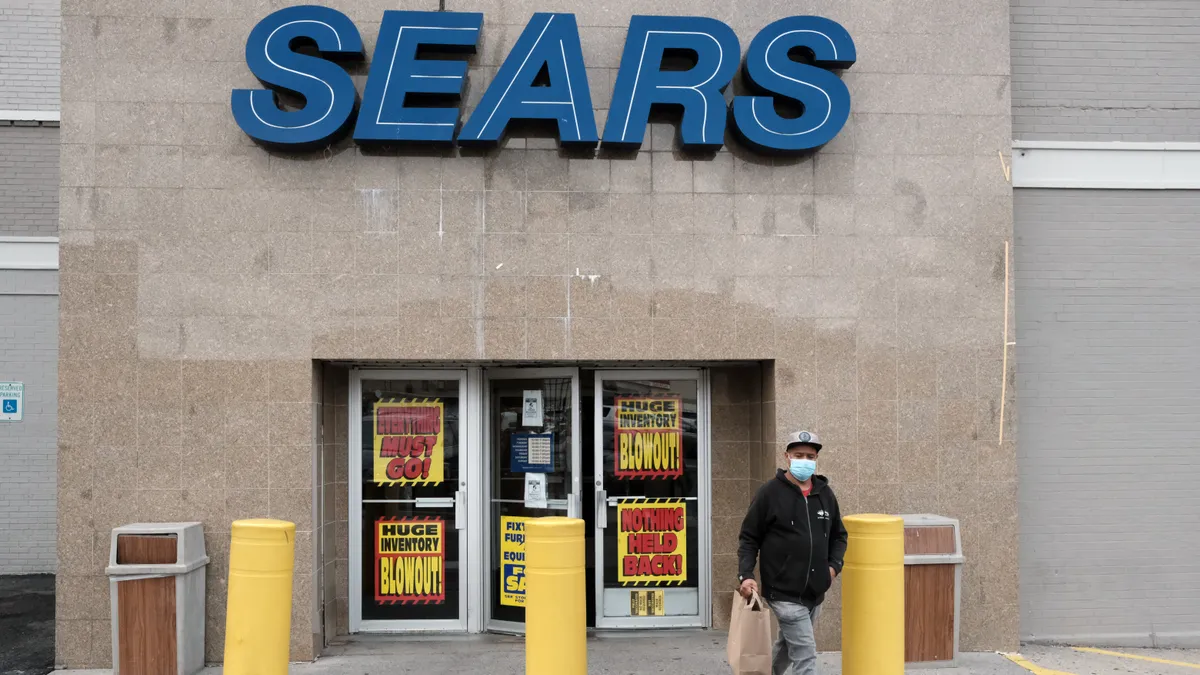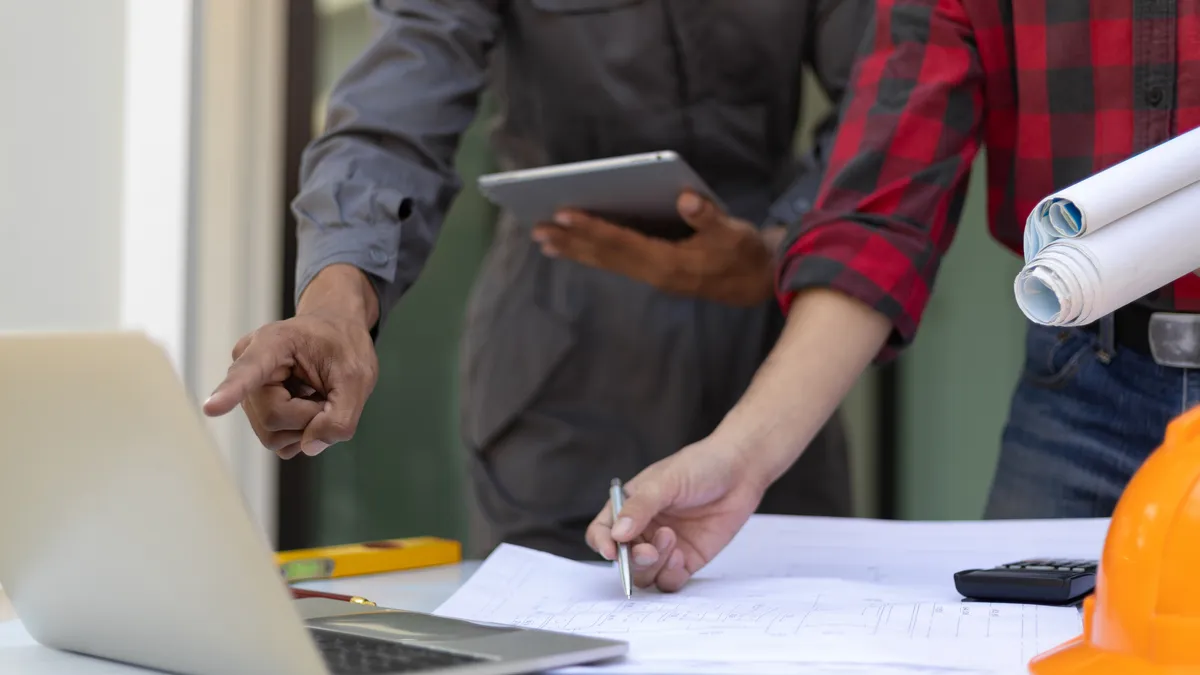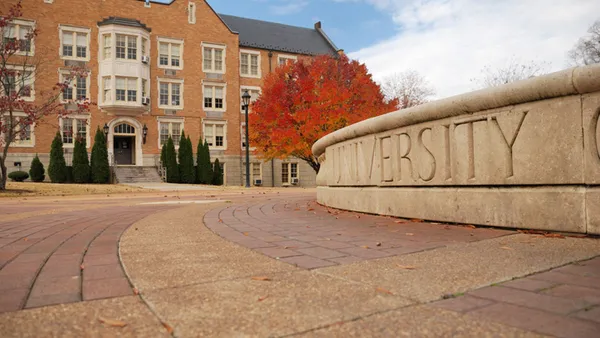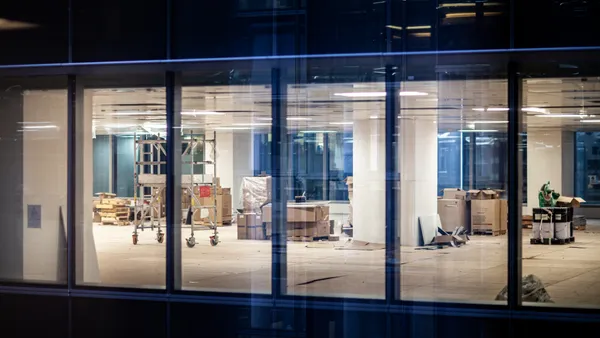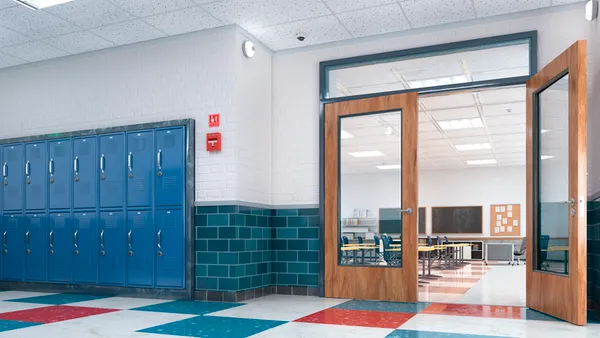Dive Brief:
- Compass Datacenters broke ground on a project that will add five hyperscale data centers to Sears’ 2.4 million square-foot former headquarters in suburban Chicago, the company said in a June 13 press release.
- Safety and sustainability features of the new campus include building materials repurposed from the old Sears buildings, water-free cooling for the new data centers’ server racks, and backup power generators that run on hydrogenated vegetable oil, said Katy Hancock, vice president of community relations for Compass Datacenters.
- “Compass prioritizes zero waste [with] modular designs and an integrated supply chain [that] ensure only the necessary materials are created,” Hancock said, as well as by recycling, reusing or repurposing as much recovered building material as possible, she added.
Dive Insight:
Northern Illinois has emerged as a major data center hub thanks to its abundant supply of reliable, clean electricity, local utility Commonwealth Edison said in a separate release announcing the project. Nearly 30 new data centers have announced development plans in ComEd’s service territory in the last five years, the utility noted.
Nuclear, wind and other carbon-free sources compose more than 60% of Illinois’s electricity generation, according to the U.S. Energy Information Administration.
Once operational, the Sears site’s data centers will use the Liebert DSE 400-500 kilowatt packaged outdoor freecooling solution from Vertiv, which does not use water and has been “standardized … across all [Compass] data centers,” Hancock said. Newer models have optimization controls that can achieve an operational power usage effectiveness ratio under 1.20 and improve efficiency by up to 50%, according to a Vertiv brochure.
The Liebert system is the most widely deployed pumped refrigerant economization system for data centers in the market, with more than 8,500 installations worldwide, Vertiv says.
Compass also plans to salvage and reuse crushed concrete, stone blocks and asphalt from the Sears campus buildings as fill to make the site even and as material in on-site concrete production, Tamara Yang, executive vice president of delivery at Compass Datacenters, wrote in a June 10 blog post.
Compass uses an AI tool to optimize locally available aggregate materials and reduce the amount of cement required to build its data centers by 25%, Yang noted in the blog post. The company also uses CarbonCure technology to mix carbon dioxide captured from industrial sources into its concrete mixes, strengthening them and reducing the amount of cement needed, according to its 2023 ESG report. The technology has allowed Compass to achieve “a 4-6% reduction in embodied carbon emissions of our precast and cast-in-place concrete,” the report says.
Compass data center buildings also use Sarnafil, a roofing material that reduces the urban heat island effect traditional roofing materials sometimes create, reducing greenhouse gas emissions by up to 4,813 tons annually, Hancock said.
According to Yang, the nearly 200-acre Sears headquarter campus had been used only sparingly on the heels of the retailer’s bankruptcy filing in 2018 and has been vacant since the onset of the COVID-19 pandemic in spring 2020.
While working on plans for the new data centers, Compass has allowed local police and fire departments to use the campus for training, Yang wrote. Compass will continue to facilitate first-responder training during the project’s structural demolition phase, which will begin in July and last longer than a year, Yang added.
Meanwhile, ComEd expects to energize a new substation to power the site in mid-2026, the utility said.
For its part, Compass is “not ready to hold ourselves to a completion date at this time,” Hancock said. But it utilizes modular designs with “many of the pieces and parts prefabricated off-site … [ensuring] our buildings are constructed in an assembly-line fashion [and] come together quickly,” Hancock added.


